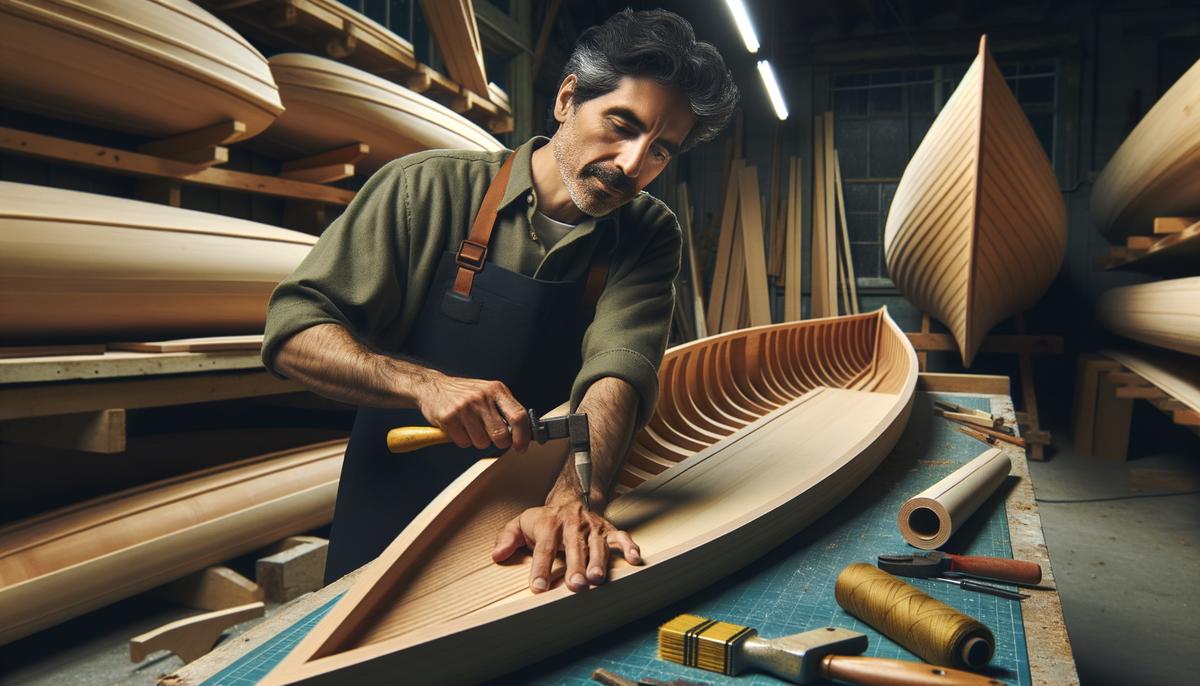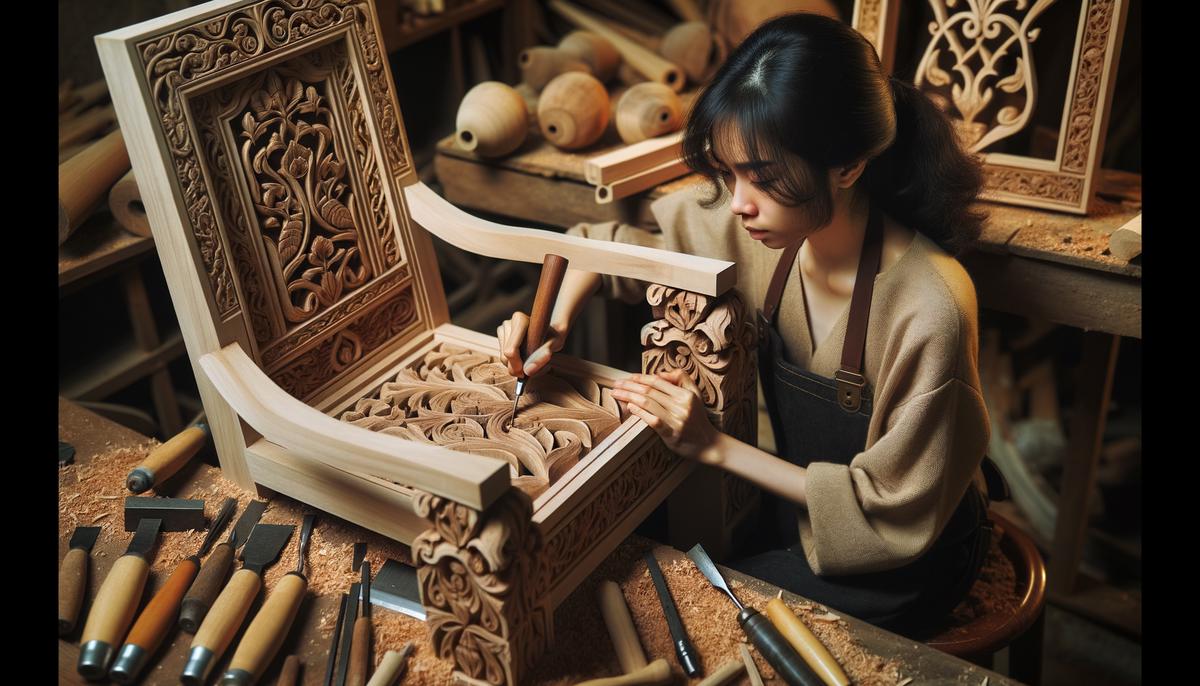Woodworking projects blend creativity and technical skill, allowing you to create functional and beautiful items. From custom clocks to sculpted furniture, each project presents unique challenges and rewards. These endeavors push the boundaries of craftsmanship, whether you're working on intricate marquetry or wooden gears.
1. Custom Wooden Clock
Building a custom wooden clock tests precision and attention to detail. Start by selecting a hardwood like maple or walnut for a sturdy base. Cut and shape the wood pieces to fit the clock mechanism perfectly, ensuring all moving parts align for accurate timekeeping. Adding unique design elements, like intricate patterns or custom engravings, can enhance the clock's appeal. This project requires a steady hand and keen eye, making it an excellent way to improve your woodworking skills while creating a functional piece.

2. Wooden Canoe
Creating a wooden canoe combines woodworking with aquatic adventure. Begin by selecting suitable wood—cedar is popular for its lightness and durability. Design the canoe to fit your intended use, paying careful attention to shape and dimensions for stability and buoyancy.
The real work begins with precise cutting and forming. Each plank must be carefully shaped for a streamlined surface, testing your carpentry skills. Consistent cuts are key to maintaining symmetry and performance.
During assembly, whether using strips and fiberglass or the clinker-built method, ensure each piece fits snugly for a watertight seal. Finish by sanding and varnishing to protect the wood and give it a professional look. Adding custom touches like carvings or engravings will make your canoe unique.
This project not only tests your woodworking skills but also concludes with a tangible reward: a functional, beautiful canoe ready for the water.

3. Intricate Marquetry
Intricate marquetry blends artistry with technical woodworking skills. This decorative technique involves applying veneer pieces to create patterns or pictures, testing your precision cutting abilities.
Choose contrasting woods like mahogany and birch for visual impact. Plan your design carefully before making any cuts. Using sharp knives or a marquetry saw, cut each veneer piece precisely to fit together perfectly.
Assemble your pieces on a sturdy base wood like maple. Use a hot iron to adhere the veneer, pressing evenly to avoid bubbles. Once everything is in place, sand gently to smooth the surface.
Finish with a clear wood finish or lacquer to protect the veneer and highlight its beauty. Marquetry enhances your technical skills and creativity, resulting in stunning decorative panels, ornamental tables, or wall art that showcase your craftsmanship.

4. Wooden Gears and Mechanisms
Crafting wooden gears and mechanisms tests both woodworking skills and mechanical understanding. Select a hardwood like oak for strength and durability. Begin with careful blueprints, calculating gear ratios for smooth operation.
Using tools like a scroll saw or CNC router, cut each gear tooth with precision. Assembly and testing follow, requiring perfect alignment for smooth function. This project may involve fine-tuning and adjustments until every gear turns flawlessly.
Wooden gears serve both functional and aesthetic purposes, bringing projects to life through movement. Whether creating a clock or kinetic sculpture, the result showcases your craftsmanship and mechanical ingenuity.
Finish by applying a wood protectant to enhance durability and bring out the wood's natural beauty. This challenging project blends technical precision with creative design, producing a stunning, functional masterpiece.

5. Sculpted Wooden Furniture
Sculpted wooden furniture merges functionality with artistic expression. Select high-quality wood like cherry or walnut for durability and aesthetic appeal. Begin with thoughtful design, considering both form and function.
Use chisels, gouges, and a mallet to shape the wood, creating smooth curves or intricate patterns. Focus on marrying beauty with usability, whether crafting a sculpted chair backrest or ornate table leg.
During assembly, create sturdy joints using techniques like dovetailing or mortise-and-tenon for longevity. Sand thoroughly for a smooth finish. Apply oil or varnish to protect the wood and enhance its natural beauty.
Creating sculpted wooden furniture is challenging but rewarding. It showcases your technical skills and artistic vision, resulting in a functional piece that's also a stunning work of art.

Each woodworking project enhances both skill and creativity. By engaging in these activities, you create functional pieces that reflect your dedication to the craft. Embrace the challenge and start crafting works that will be cherished for years to come.
- Smith J. The Art of Woodworking. 3rd ed. New York, NY: Craftsman Press; 2019.
- Johnson M. Advanced Techniques in Wooden Boat Building. Boatwright Publications; 2018.
- Davis R. Marquetry Masterclass. Fine Woodworking. 2020;281:64-69.
- Thompson S. Wooden Gears: Mechanics and Design. Woodworker's Journal. 2021;45(3):28-35.
- Brown A. Sculpting Wood: From Tree to Furniture. American Craft. 2019;79(4):42-48.
